14 Photos That Show What It Felt Like to Live in the ’50s
Life in the 1950s looked like a promise fulfilled. After two decades shadowed by depression and conflict, American residents moved into tidy new homes, settled into routines, and looked toward futures that suddenly seemed brighter. But this was also a time of contradictions. For every sign of progress, tensions simmered just beneath the surface.
Here are some photos and stories that capture how people lived, worked, ate, and organized their daily routines during that period.
Drive-In Theatres
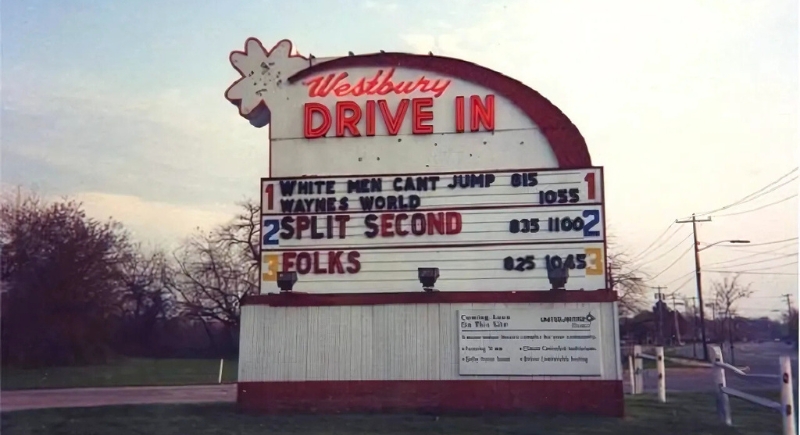
Credit: cinematreasures
Moviegoers used to pull up to an open lot instead of walking into a theater. These outdoor screenings let individuals stay in their cars while they watched a movie. At their height, over 4,000 drive-in theaters operated in America. Snacks were cheap, and the experience felt more relaxed than formal cinemas.
Microwave Debut
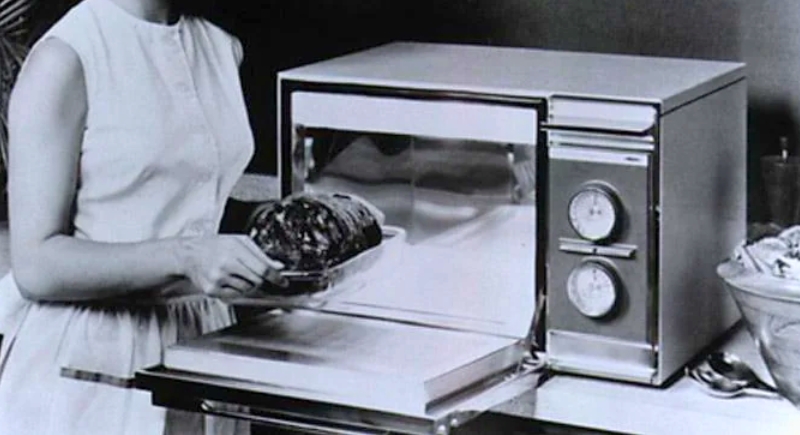
Credit: Reddit
The Tappan Stove Company released the first home microwave in 1955. It cost around $1,300, a steep price for most families at the time. Still, it showed what was coming. Microwave ovens used radar-based technology, first developed during World War II. They heated food in seconds rather than minutes.
Hot Offices

Credit: Reddit
Workplaces back then lacked various comforts we now expect. Air conditioning was rare, so summers meant stuffy offices and sweat-dampened shirts. Fans and open windows offered limited relief. Conditions gradually improved, but for a large number of workers, productivity came with a physical cost every hot afternoon.
Baby Boom Expansion

Credit: Reddit
Starting families became a top priority as confidence returned amongst the citizens. About four million babies were born annually, which increased the demand for schools, pediatric care, and larger homes. This generation grew up surrounded by television, advertising, and government policies that placed the nuclear family at the center of American life.
Suburban Shift

Credit: flickr
Newly built neighborhoods promised stability and space for families looking to settle down. Rows of similar homes lined wide streets, shaped by zoning laws that kept daily life orderly. Government-backed loans made ownership possible for many, but not for everyone. Racial discrimination excluded Black households from countless developments.
Frozen Meals Arrive
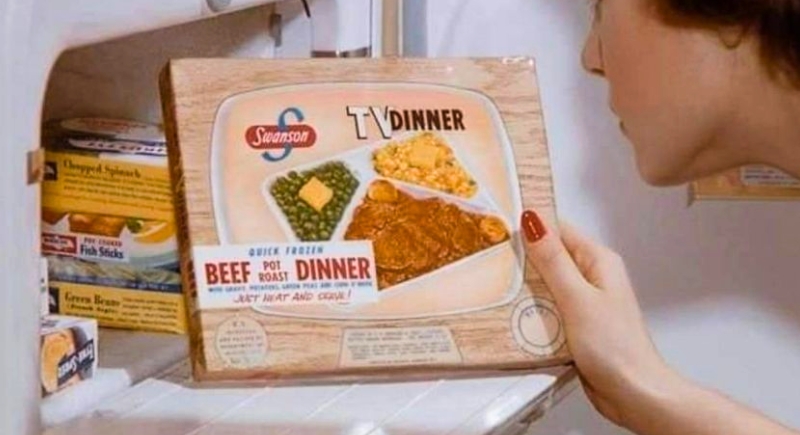
Credit: Reddit
Meals packaged in foil trays allowed people to heat food and eat in front of the television. This convenience appealed to busy households. Preparation took less effort than traditional cooking. By the end of the decade, millions had tried it. Some criticized the meals as bland or impersonal, but the trend stuck.
Fast-Food Growth

Credit: Facebook
Ray Kroc opened his first McDonald’s franchise in Illinois in 1955. The idea was simple: quick service, consistent food, and low prices. A hamburger cost just 15 cents. In less than ten years, fast food began to reshape towns and diets, and the car-friendly model suited the growing suburban population perfectly.
Independent Kids

Credit: Instagram
Children navigated their neighborhoods with minimal supervision. Many walked to school, carried their own lunches, and returned by dinner. Parents believed communities were safe and encouraged independence, trust, and responsibility early. Today’s constant supervision would have seemed excessive back then.
Hula Hoop Craze

Credit: Reddit
In 1958, a toy called the hula hoop took the country by surprise. Arthur Melin and Richard Knerr manufactured it based on Australian gym hoops. They named it after a Hawaiian dance and sold over 25 million in just four months. Children swirled them at recess, in driveways, and on sidewalks. The craze was brief but intense.
Historic Storm

Credit: Wikimedia Commons
Disaster struck during Thanksgiving week when the Great Appalachian Storm swept across the eastern U.S. while disrupting travel and daily routines. The storm dropped record snow, caused dozens of deaths, and knocked out power for millions. Meteorologists still study it as one of the most extreme weather events in American history that covered more than 22 states.
City Planning
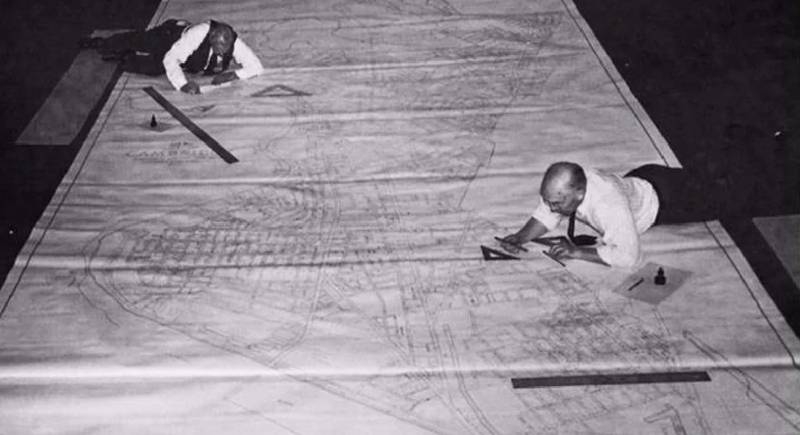
Credit: Reddit
Urban planners relied on rulers, pencils, and hours of focused labor to sketch streets and grids by hand. Every line carried weight, especially since a single mistake could delay entire infrastructure projects. These plans shaped traffic flow, zoning, and neighborhood development throughout expanding cities.
Polio Campaigns

Credit: Facebook
Communities rallied to combat polio, a disease that caused deep fear for parents and doctors alike. The March of Dimes organized school fundraisers, celebrity endorsements, and research funding that led to Dr. Jonas Salk’s breakthrough vaccine. Eventually, public health campaigns quickly rolled out vaccinations nationwide.
Civil Rights Protest

Credit: Wikimedia Commons
Rosa Parks’ arrest led to a year-long boycott of Montgomery’s public transit system by its Black residents. The effort, organized through churches and local groups, drew national attention. Martin Luther King Jr., then largely unknown, rose to leadership during the campaign. Over time, the Supreme Court ruled segregation unconstitutional.
Soda Shops and Sock Hops

Credit: Wikimedia Commons
Teenagers crowded soda shops after school.. These counters, lined with stools and gleaming with chrome, became informal hangouts where friendships deepened over fizzy drinks and shared fries. Once the snacks were gone, some headed to school gymnasiums for sock hops—dances where shoes came off to preserve the polished floors.
Rock and Roll Arrives
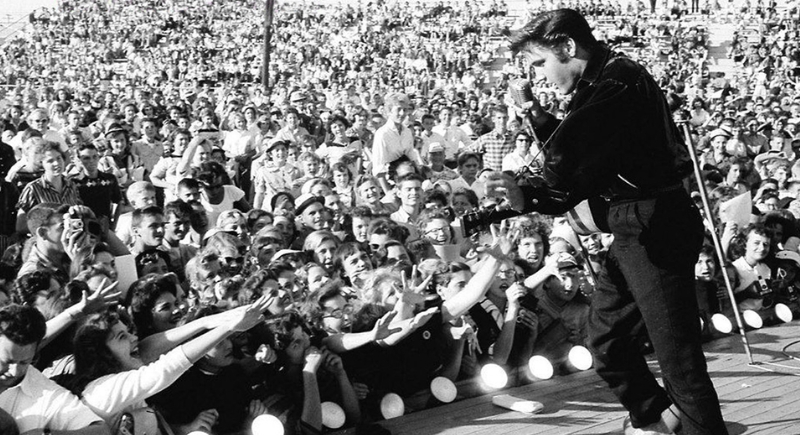
Credit: elvis-news
Radio stations once dominated by crooners and big bands started spinning something raw and electric—rock and roll. The genre gained traction through independent labels and late-night broadcasts. Elvis Presley’s Tupelo performance in 1956 confirmed his rise as the face of the movement.